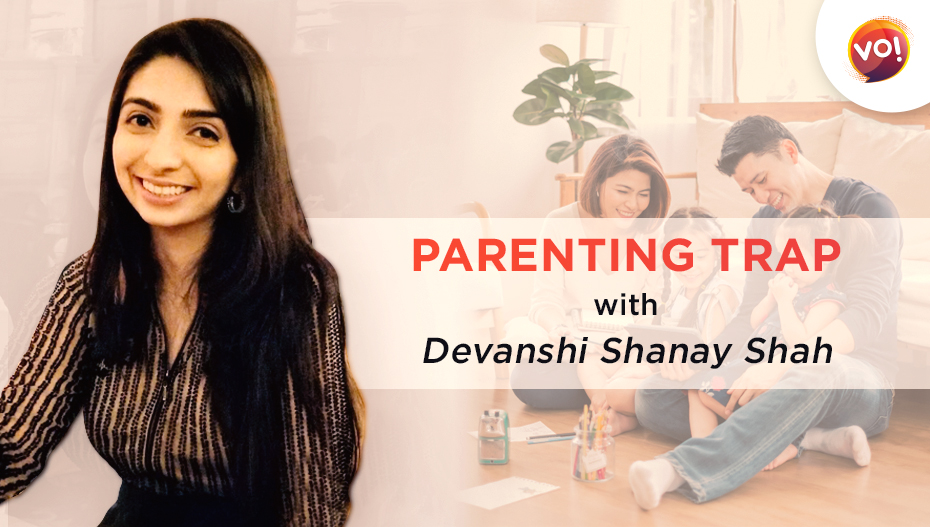Your baby starts inching towards toddlerhood when his gummy smile transforms into a toothy grin. The first tooth arrives after the six-month mark, but the process of teeth eruption may start as early as four months. It only ends around the three-year mark once they have a complete set of teeth. These are known as milk teeth which work as placeholders for the permanent teeth, which start coming in when the child becomes six, once the bone structure of its face is fully developed.
Babies start exploring the world with their mouths; they grab objects in their pudgy hands and instantly direct them inside their jaws. They start salivating and biting to ease the discomfort from gum inflammation, a common symptom of teething. Just before the tooth breaks through the red raised surface of the gums, it causes the baby pain, which may last anywhere from a few days to a week. This teething pain is the culprit behind many sleep regressions, overall fussiness, and meal rejections.
One night despite being asleep for an hour and a half, baby A woke up suddenly crying in pain and wouldn’t settle no matter what I did. Eventually, I had to cosleep with her, which was an anomaly for us. The next day she broke a central incisor. The things that I found work best with teething were cold washcloths dipped in breastmilk which baby A loved to suck on. Also, cold teethers and ibuprofen for the nights she was in pain. Many fellow moms also recommend homoeopathic medicines, but their efficacy isn’t proven yet. It’s best to avoid numbing gels as they aren’t entirely safe; their ingredients are not suitable for young children.
Once the tooth arrives, it is crucial to take care of it as we do ours; otherwise, babies risk forming cavities, the only difference being that we can’t use adult toothpaste for kids. Most adult toothpaste contains fluoride, which is integral for the conservation of enamel. We don’t swallow this fluoride; we gargle and rinse it out. Children below the age of two don’t understand how to spit and gargle; hence it is essential to use toothpaste that doesn’t contain fluoride as it can be injurious if ingested in large quantities. One must model the activity of brushing teeth in front of the infants so that they understand proper oral hygiene and eventually introduce pea-sized amounts of fluoride toothpaste into the mix. With Baby A, I used a wet muslin handkerchief to clean her tongue to avoid milk buildup.
There are certain teething facts that need addressing-
– My niece didn’t have a single tooth until she was a year old, and my cousin was understandably worried about it, but it’s nothing to worry about. Like the other milestones, every child will eventually achieve it at their own pace. Sooner or later, everyone is going to have a full set of teeth. If you’re worried about introducing solids, don’t be – remember children chew with their gums and not their teeth. The first set of molars used for crushing and grinding food don’t come in until eighteen months.
– Teething doesn’t cause a fever. If your baby is running a temperature of more than a hundred degrees, it is because of an infection or another illness.
– Honey isn’t recommended to ease teething pain as it may cause botulism in children below the age of one.
– You should avoid letting the baby sleep with a bottle as it can cause tooth decay, and if you do give at bedtime, make sure to clean his mouth before the baby falls asleep.
– Not all children will go through teething pain. There are a few kids for whom this transition is pain-free.
If your child isn’t among the lucky ones, try and manage their pain as best possible and consult a paediatrician if the need arises. Just know that their discomfort is temporary, and very soon, you’ll see a set of tiny pearly whites grinning back at you.
Devanshi Shanay Shah is a bookworm. She is a Master’s in literature and writing from the University of Cambridge. A voracious reader, she has an appetite for fiction and poetry. Mother to one-year-old Ayesha who doesn’t give her much time for any of the things mentioned above. But yes, she manages to work on her debut novel.












